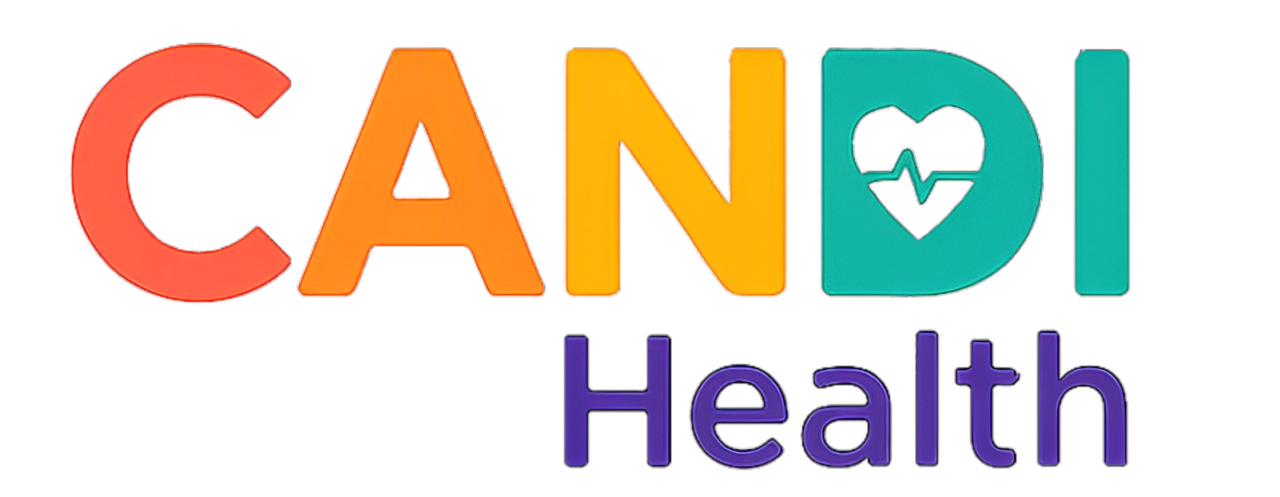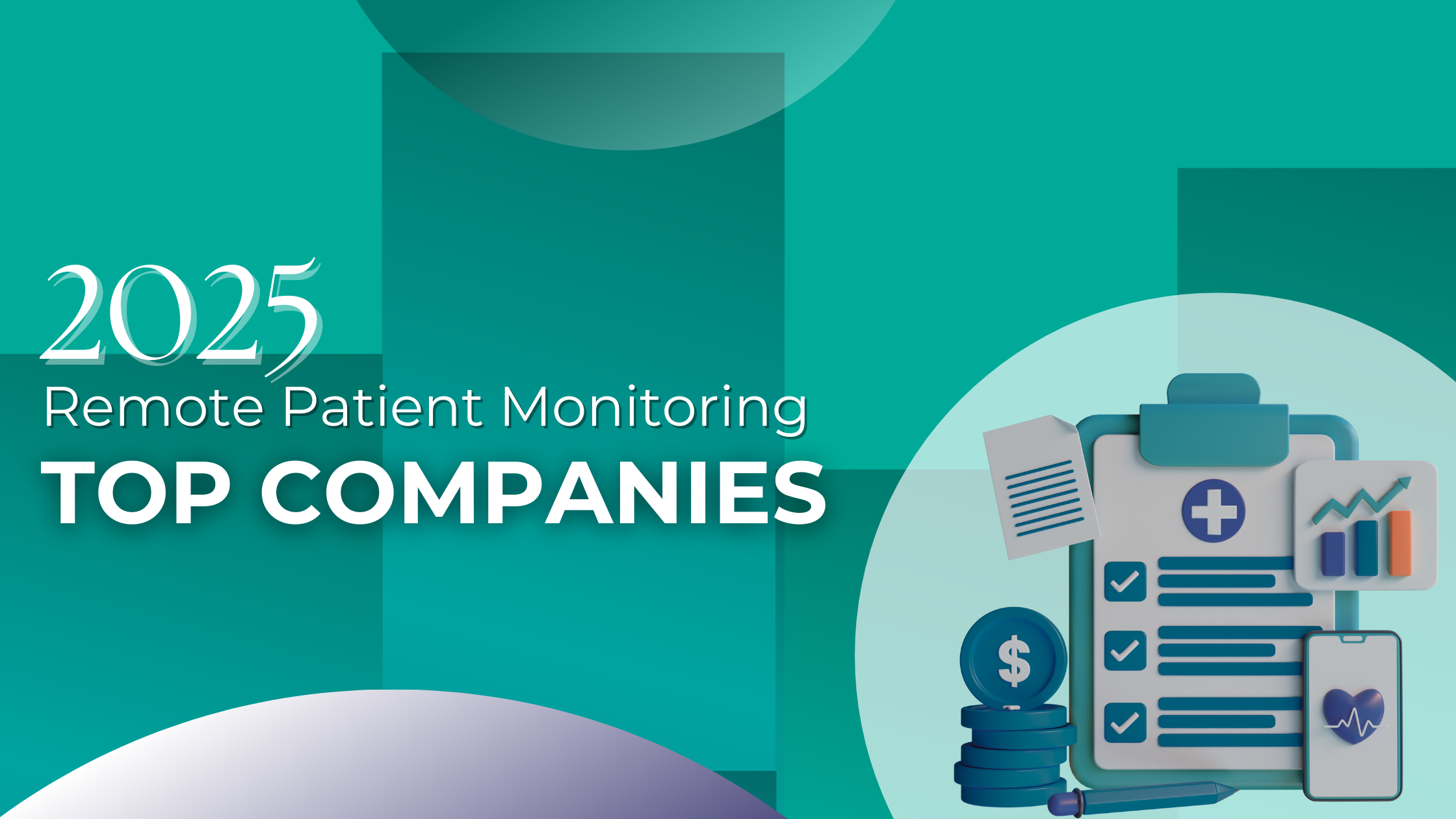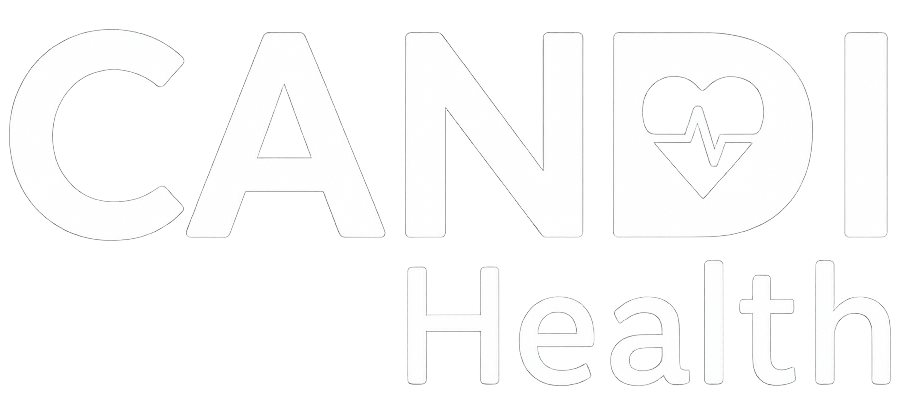Remote Patient Monitoring (RPM) is becoming a key part of modern healthcare. Across the U.S., healthcare providers use RPM to manage chronic conditions, reduce hospitalizations, and stay connected with patients between visits. With more reimbursement options and better technology, 2025 is shaping up to be a big year for RPM.
In 2025, the field is evolving fast. Today’s market offers a wide range of solutions. Some companies provide full-service platforms with dedicated clinical teams. Others focus on simple, easy-to-use devices for clinics that prefer to manage care themselves.
At CandiHealth, we’ve been analyzing what sets leading RPM providers apart, and what clinics actually need in real-world care settings. As a new entrant ourselves, we believe RPM should be easy to implement, clinically effective, and financially sustainable.
In this guide, we’ll review top RPM companies in 2025, what they offer, and how our approach compares, so you can evaluate your options with confidence. Let’s get started.
Table of Contents
Top Remote Patient Monitoring Companies in 2025
The RPM market in 2025 includes both long-time leaders and fast-growing newcomers. Here is a list of RPM companies in the USA that stand out based on ease of use, clinical support, billing tools, and flexibility for providers.
- HealthSnap
- Optimize Health
- Athelas
- Cadence
- Health Recovery Solutions
- Accuhealth
- TimeDoc Health
- Teladoc Health
- CandiHealth
Here is a brief overview of top remote patient monitoring companies operating in the USA.
1. HealthSnap
HealthSnap is widely recognized for its all-in-one RPM and chronic care management (CCM) platform. Their system uses cellular-enabled devices that are shipped directly to patients and require no setup, making it easy to get started.
What sets HealthSnap apart is their logistics and support: they handle patient outreach, enrollment, adherence tracking, and even revenue cycle tasks. For clinics that want minimal friction and maximum billing reliability, HealthSnap offers a dependable model backed by strong case studies and outcome reporting.
2. Optimize Health
Optimize Health focuses on giving providers control without overwhelming them. Their platform is known for clean UX, cellular/Bluetooth device flexibility, and strong onboarding support. Providers can choose between managing care themselves or using Optimize’s optional nurse services.
The platform integrates with most EHRs and includes built-in billing workflows that reduce admin time. Optimize has built a reputation around simplicity, making RPM more accessible to smaller practices. Optimize Health is best for primary care practices that want to scale RPM in-house while still having optional support.
3. Athelas
Athelas takes a data-first approach to RPM. In addition to connected devices, they offer lab testing, medication delivery, and care management services—all through one platform. Their cellular kits are designed for ease of use, and their system uses AI-assisted alerts to prioritize patients needing intervention. Athelas also emphasizes revenue outcomes, often positioning itself as a business growth partner for clinics, not just a monitoring vendor.
4. Cadence
Cadence offers a high-touch RPM program built around clinical intensity. Their remote care teams monitor vitals daily and adjust care plans proactively. The service includes real-time interventions and full integration with providers’ workflows. Cadence is particularly strong in managing complex chronic conditions and has partnerships with health systems to reduce readmissions and emergency visits.
5. Health Recovery Solutions (HRS)
HRS has long served hospital systems, home health agencies, and post-acute care providers. Their platform supports RPM, telehealth, and patient education through mobile apps, tablets, and connected devices. HRS stands out for its flexibility—clinics can customize clinical pathways, alerts, and engagement tools. Their platform is also well-suited for transitional care management, especially in reducing 30-day readmissions.
6. Accuhealth
Accuhealth provides a 24/7 clinical monitoring center staffed by licensed nurses, paired with a cellular device platform that requires no patient setup. Their model includes full EHR integration, billing support, and patient outreach. What makes Accuhealth attractive to many smaller practices is how turnkey it feels—they handle the clinical work, data review, and CPT code compliance while keeping providers in control.
7. TimeDoc Health
TimeDoc Health combines RPM with chronic care management (CCM) and behavioral health integration. Their platform supports care coordination teams and offers clinical staff if needed. TimeDoc’s strength is its ability to layer services like CCM or BHI alongside RPM, making it easier for practices to maximize reimbursement across programs. The system integrates with major EHRs and allows care teams to track patient goals over time.
8. Teladoc Health
Teladoc offers remote monitoring as part of its virtual care ecosystem. Through acquisitions like Livongo, they provide connected devices for managing diabetes, hypertension, and weight management, paired with coaching and digital health programs. Teladoc’s strength lies in its scalability and ability to manage care across large, diverse populations. Their analytics and engagement tools are especially strong in employer-based health plans and health systems managing chronic care at scale.
9. CandiHealth
CandiHealth helps clinics simplify RPM setup while maintaining full control over clinical workflows and billing—without requiring apps, Bluetooth pairing, or Wi-Fi. The platform offers pre-configured cellular devices, flat-fee model, and a centralized clinical dashboard to support care teams with minimal setup or training required.
By removing the need for Wi-Fi, apps, or smartphone setup, CandiHealth helps providers launch RPM programs quickly. Healthcare providers can enroll patients, assign devices, and start monitoring in under an hour—with billing tools and real-time data access included in a single interface.
CandiHealth Platform Key Features
1. Supporting Fast RPM Launch with Preconfigured Cellular Devices
CandiHealth devices are delivered pre-activated and ready for immediate use. Patients do not need to install apps, pair Bluetooth, or connect to Wi-Fi. Once turned on, the device automatically begins transmitting readings to the provider’s dashboard. This approach eliminates the delays and technical support issues that often slow down RPM adoption in smaller clinics.
2. Streamlined Monitoring and Time Tracking for Clinical Teams
CandiHealth’s dashboard gives care teams a full view of their patient population. From a single screen, staff can monitor readings, respond to real-time alerts, annotate time spent, and track billing eligibility. The dashboard also auto-calculates CPT units per patient, helping providers stay compliant and prepared for audits.
3. Transparent Pricing That Protects Clinic Revenue
Unlike many RPM vendors that take a percentage of reimbursement, CandiHealth offers a simple flat monthly fee per patient. Clinics retain 100% of their CPT-based billing and have full visibility into billable units through the dashboard. This model supports revenue predictability and avoids conflicts of interest in the billing process.
By eliminating complex pricing tiers and commission structures, CandiHealth gives providers more confidence in their financial planning and ROI tracking.
4. Smarter Team Workflows and Custom Alerts for Patient Needs
CandiHealth helps clinics manage team responsibilities and patient alerts without creating extra work. Staff roles can be assigned with clear permissions, so the right team members are notified about the right issues.
In addition, providers can set custom alert thresholds for individual patients based on their clinical condition. This means care teams get notified when a reading is clinically meaningful, reducing unnecessary follow-ups and helping staff prioritize attention where it’s needed most. This role-based setup keeps teams organized while avoiding alert fatigue and unnecessary escalation.
Final Thoughts: Choosing the Right RPM Partner in 2025
As remote patient monitoring continues to reshape chronic care delivery, choosing the right partner is more than just picking a vendor—it’s about finding a platform that aligns with your clinic’s workflow, billing strategy, and patient needs.
The top remote patient monitoring companies in 2025 all bring different strengths to the table—some focus on hands-on support, others on broad integrations, and a few, like CandiHealth, on pure simplicity and speed.
Whether you’re launching RPM for the first time or switching from a complex solution, your clinic needs a platform that removes barriers, ensures compliance, and puts you in control of your revenue.
Why Clinics Choose CandiHealth
At CandiHealth, we’re not just another RPM vendor. We help clinics:
- Launch in under an hour—no apps, no Bluetooth, no Wi-Fi
- Monitor patients in real-time with a centralized dashboard
- Track CPT time and billing eligibility automatically
- Keep 100% of your reimbursement with our flat-fee model
- Avoid alert fatigue with custom clinical thresholds
With pre-configured cellular devices, role-based workflows, and transparent pricing, CandiHealth is designed for clinical efficiency, financial clarity, and rapid deployment, all without overcomplicating care.
Ready to Get Started?
CandiHealth helps you simplify RPM without sacrificing control.
- Book a Demo to see how it works
- Explore Pricing and keep your reimbursements
Frequently Asked Questions About RPM Platforms in 2025
What are the top remote patient monitoring companies in 2025?
The top RPM companies in 2025 include HealthSnap, CandiHealth, Athelas, Optimize Health, Accuhealth, TimeDoc Health, HRS, Cadence, and Teladoc Health. These providers stand out for their device quality, billing workflows, and clinical support options.
How do I choose the best RPM company for my clinic?
Start by identifying your clinic’s needs, whether you want full-service RPM, app-free setup, or CPT billing support. Then compare device type, EHR integration, and pricing model. If you’re looking for a fast, app-free solution, platforms like CandiHealth are ideal.
Are there RPM companies that don’t require apps or Bluetooth pairing?
Yes. CandiHealth offers pre-activated cellular devices that transmit data directly—no apps, Bluetooth, or Wi-Fi required. This removes the tech burden for patients and clinics.






